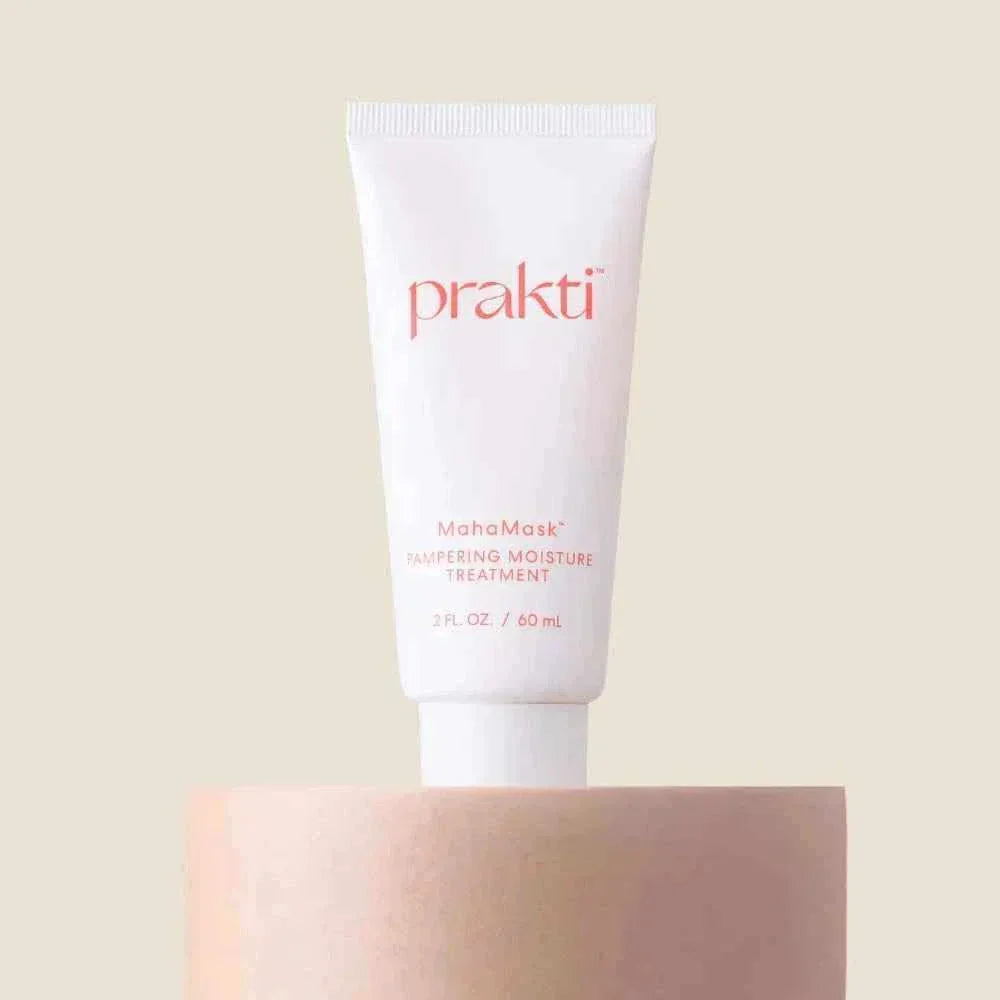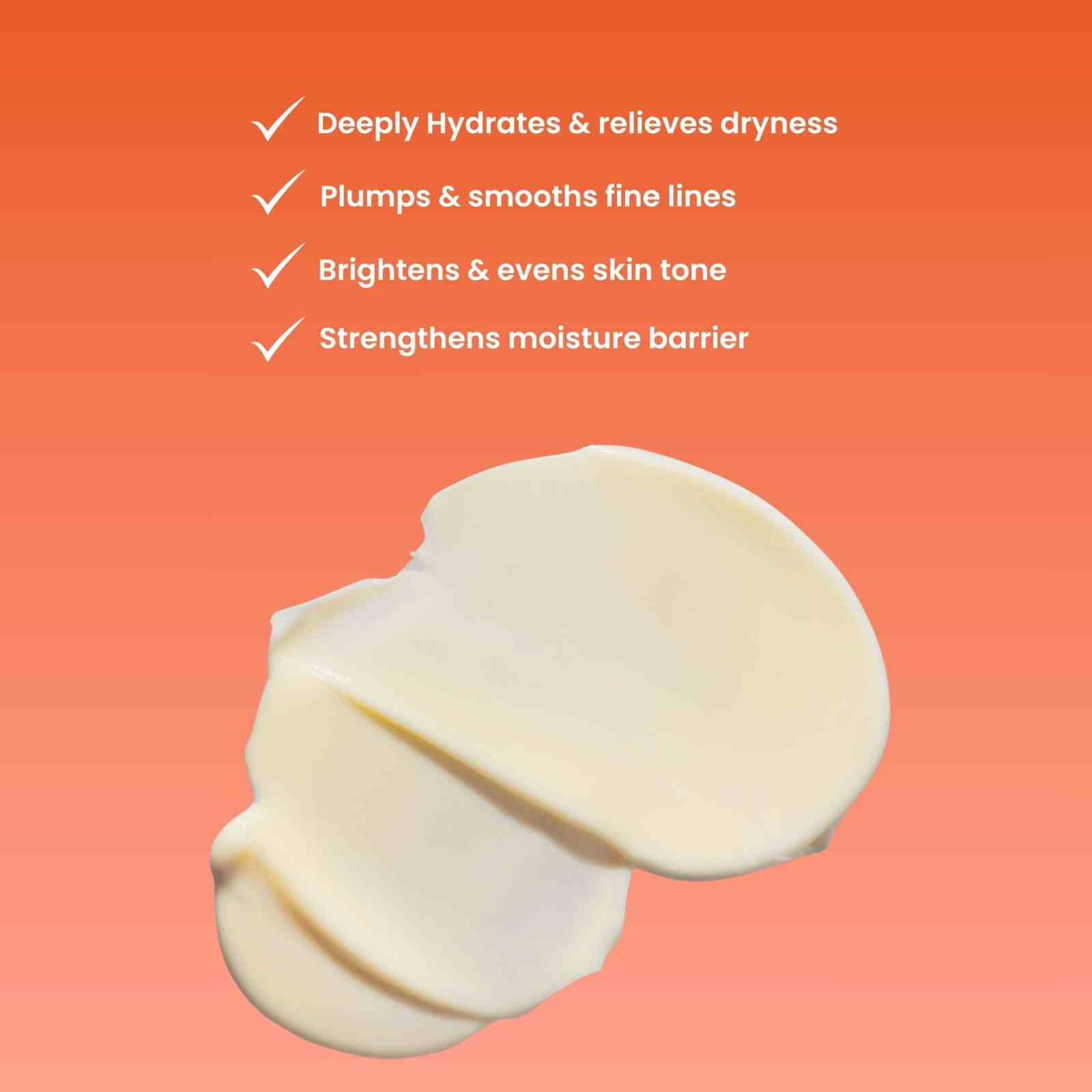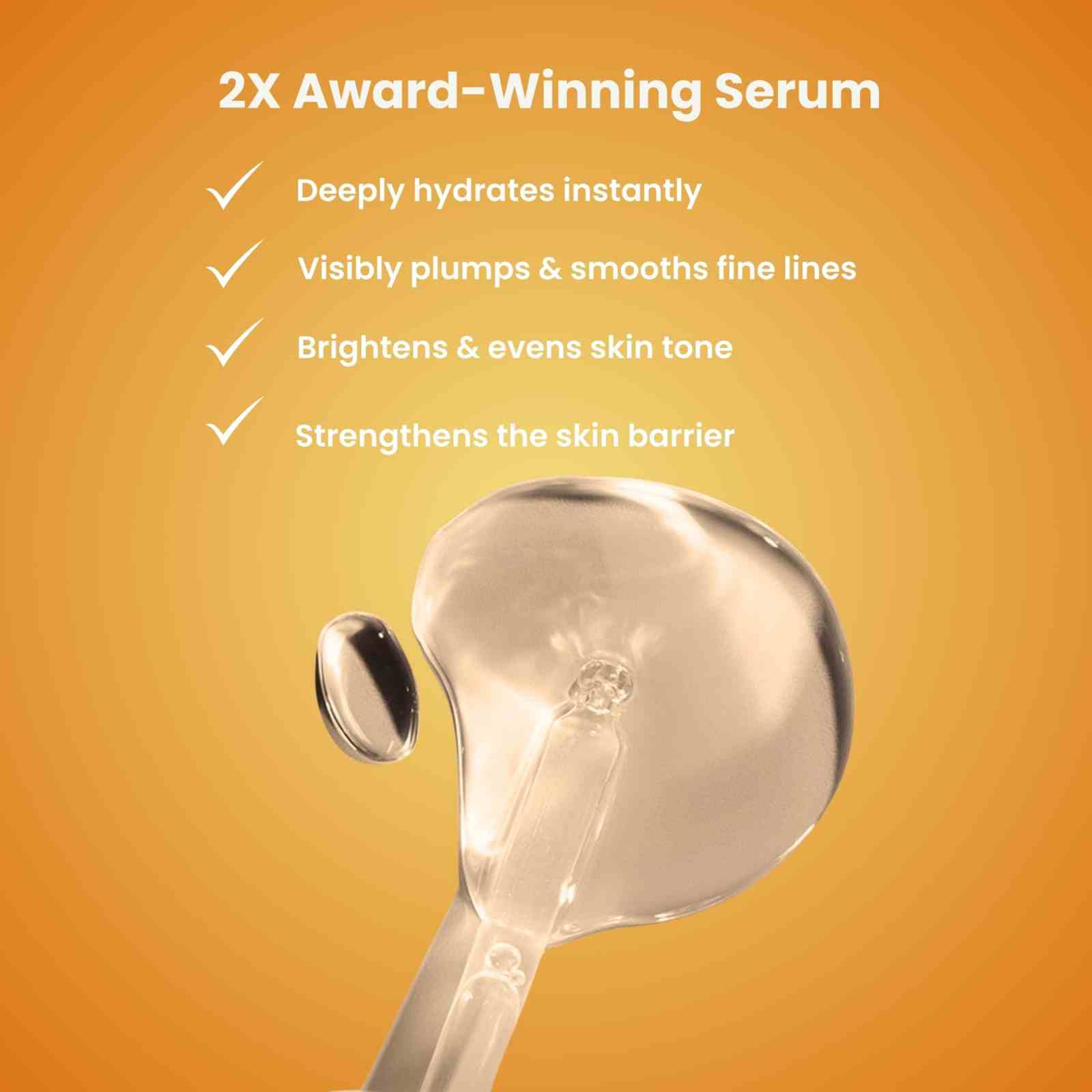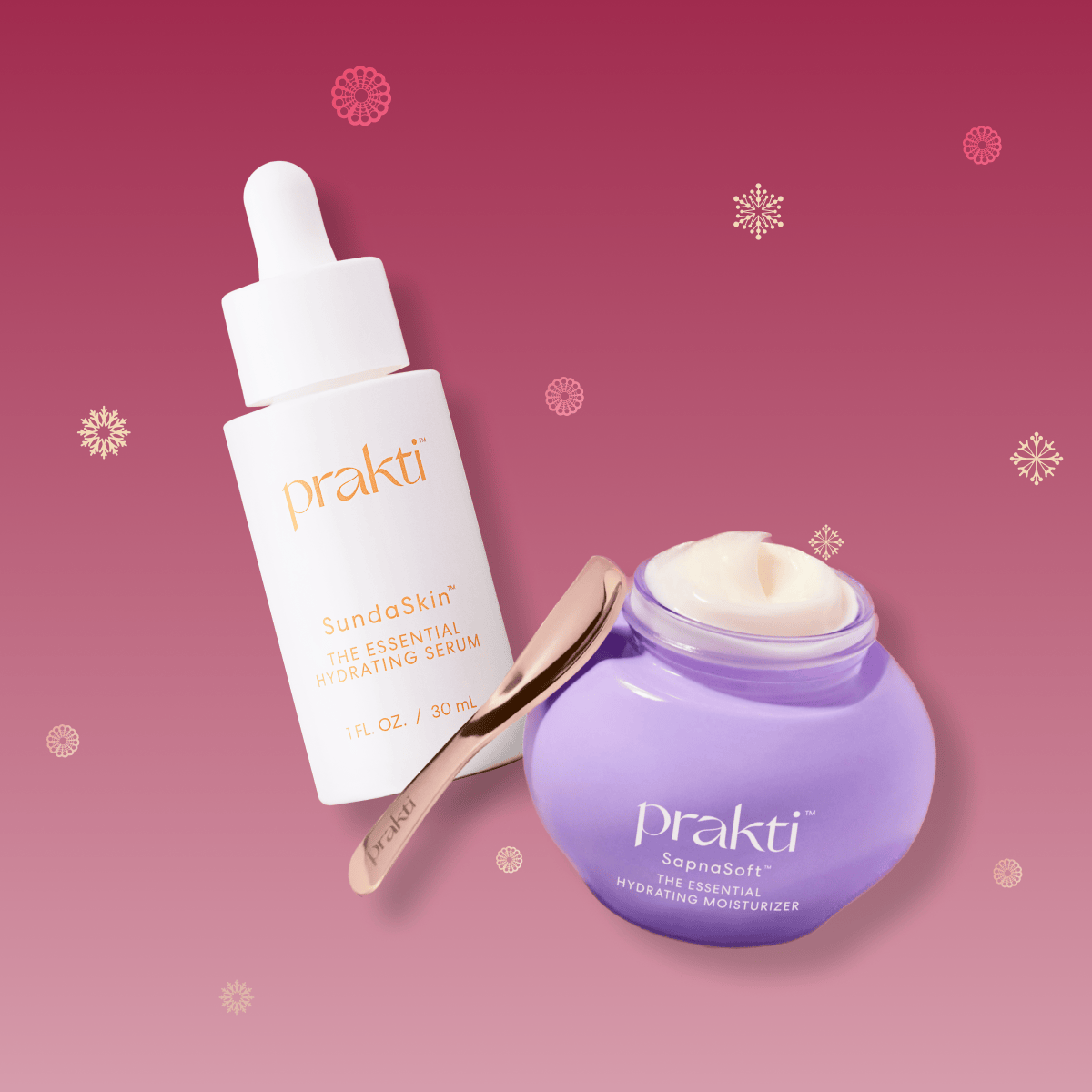
Your Dosha Type Is:
Vata
Vata embodies the qualities of movement, communication, and creativity. Vata skin type is typically characterized by its delicate nature and a tendency towards dryness. This skin type may be prone to displaying signs of aging earlier, such as fine lines, wrinkles, and uneven skin tone.
Vata Characteristics
Skin
Dry and delicate, fine pores
Mind
Quick, energetic, creative
Body
Lean and delicate
Appetite
Inconsistent, delicate digestive system
Temperament
Enthusiastic, easily stimulated
Vata Skincare
Your Product Recommendations
Dosha-Pacifying Ingredients
From calming herbs to invigorating natural aromas, each product in your customized routine incorporates a wealth of trusted Ayurvedic ingredients specifically tailored to transform your skin and pacify your primary dosha.

Ashwagandha
Found in SapnaSoft™
Alleviates dullness and dryness; boosts collagen production, imparts moisturization; neutralizes free radical damage

Licorice Root
Found in SundaSkin™
Evens texture, tone and boosts luminosity; anti-inflammatory; supports overall hydration

Amla (Indian Gooseberry)
Found in MahaMask™
Boosts skin health with Vitamin C and powerful antioxidants; deeply hydrates and soothes dry, flaky skin
Vata Self Care
In order to balance Vata energy, it is important to incorporate gentle, stabilizing practices into your lifestyle and prioritize routine. Aim to eat, sleep, and work at fixed times throughout the day to create a sense of calm and avoid frenetic activity.
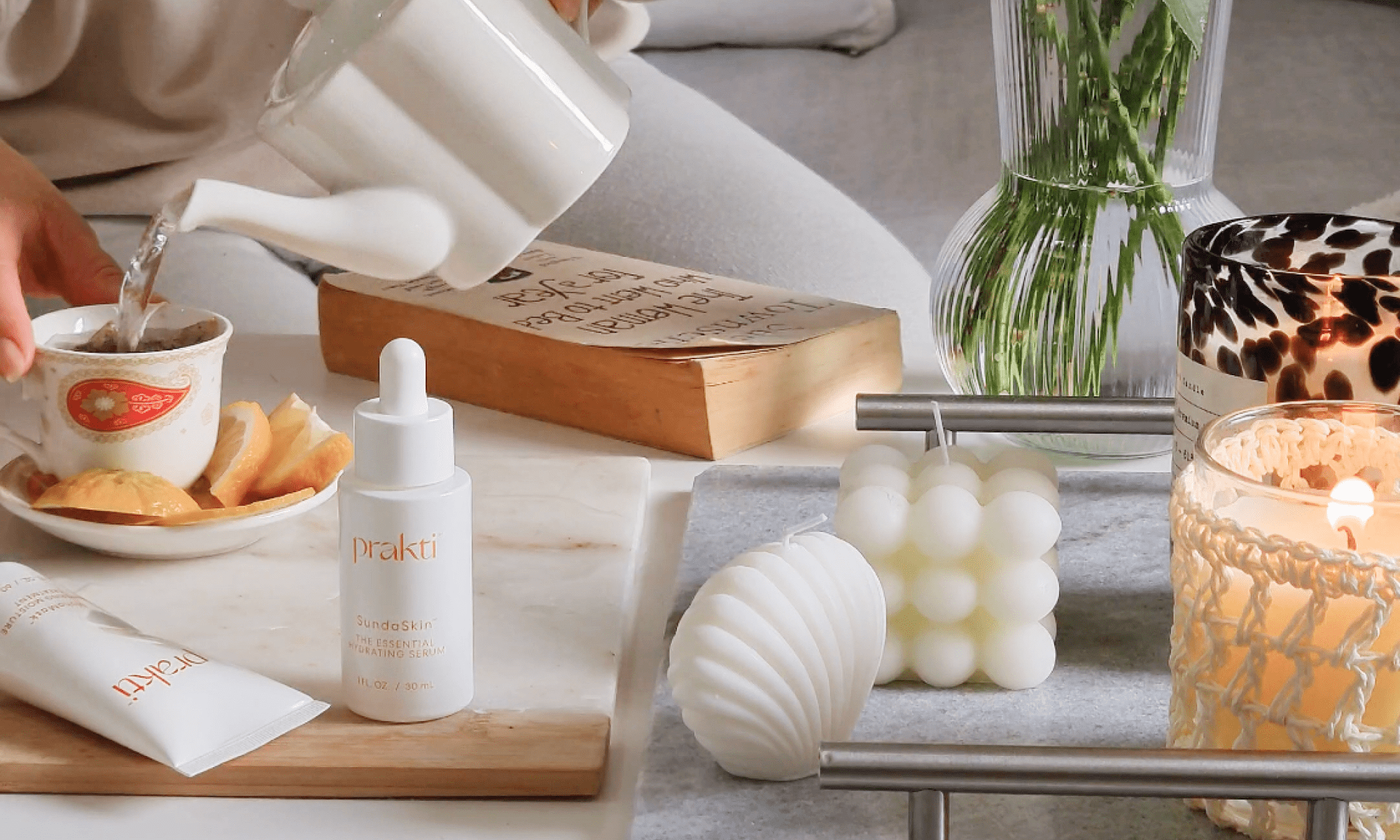
Vata Lifestyle Tips
Focus on grounding, intentional movements such as a slow, mindful yoga flow, walking or stretching.
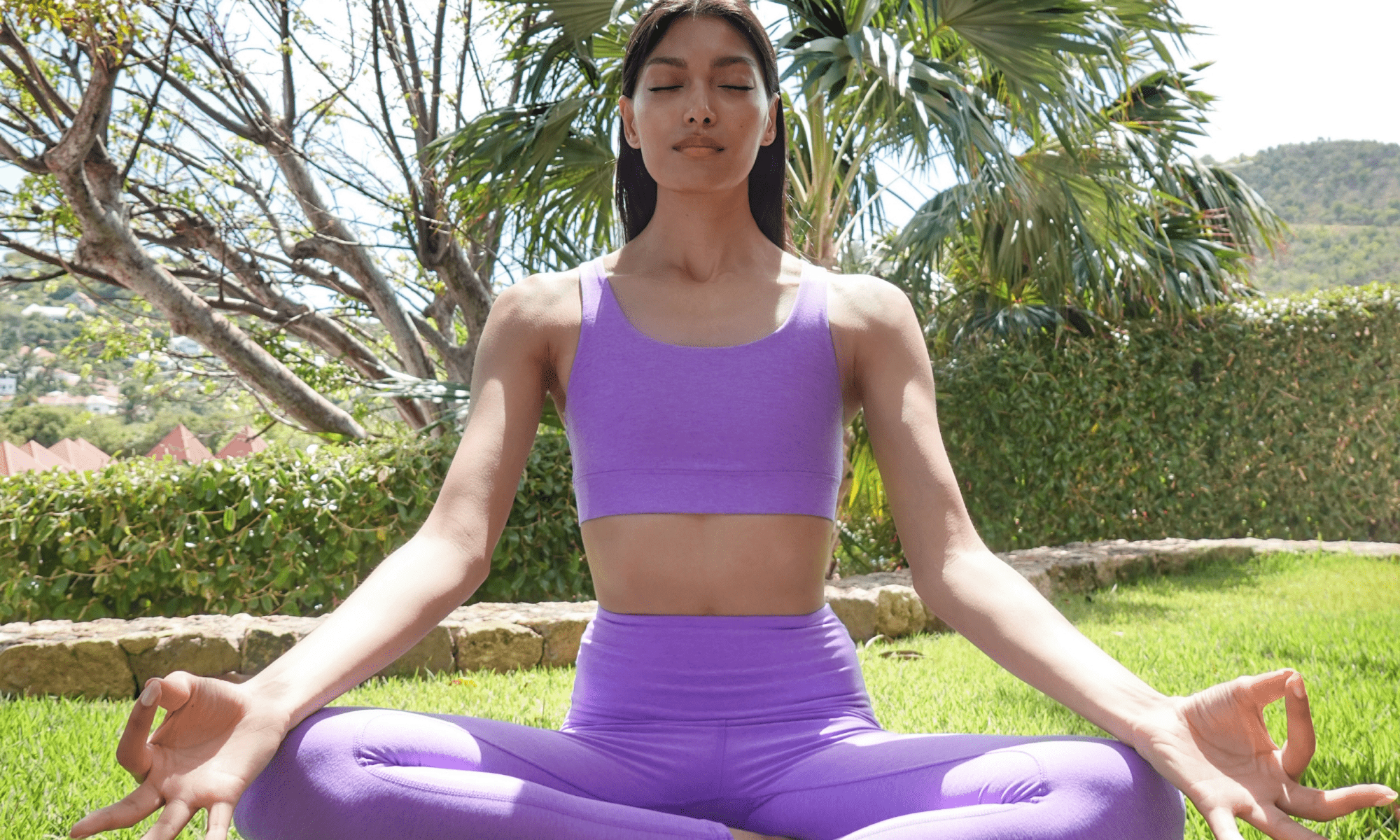
Yoga & Breathwork (Pranayama)
Vata-Pacifying Asanas
Cobra Pose, Cat-Cow Pose, Spinal Twist, 5-6 Sun Salutations (slow)
Breathwork:
Nadi Shodhan (Alternate Nostril Breathing)
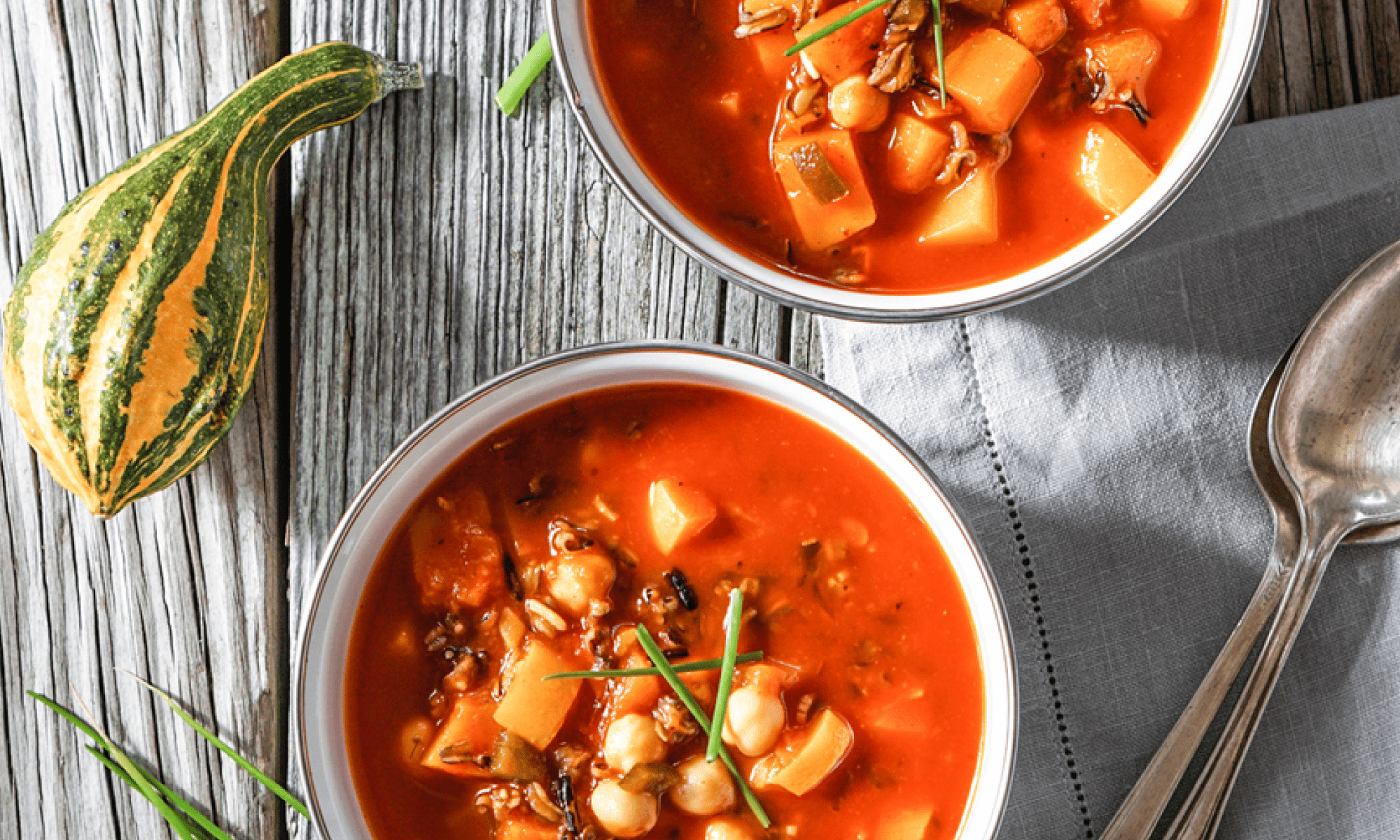
Vata Diet
Vata dominant people tend to have a delicate digestive system. To bring this into balance, opt for warm, cooked meals and prioritize hydration. This includes easy to digest fruits, grains, oils (sesame oil is great!), and protein.
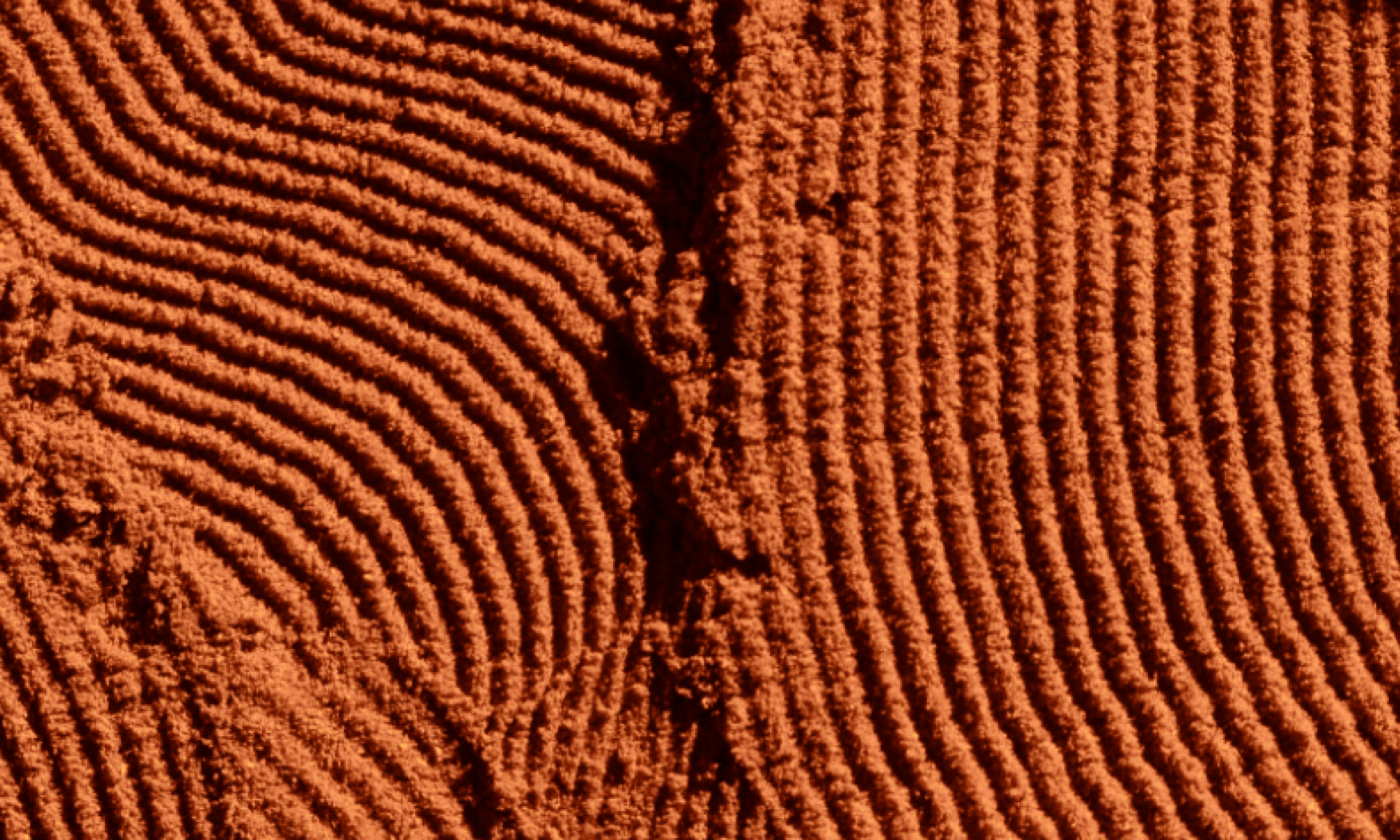
Vata Herbal Remedies
Ashwagandha supplements, adding ginger root to your morning tea, and cooking with warming spices such as cumin (we love using it in curry dishes) can help pacify an excess of Vata energy.
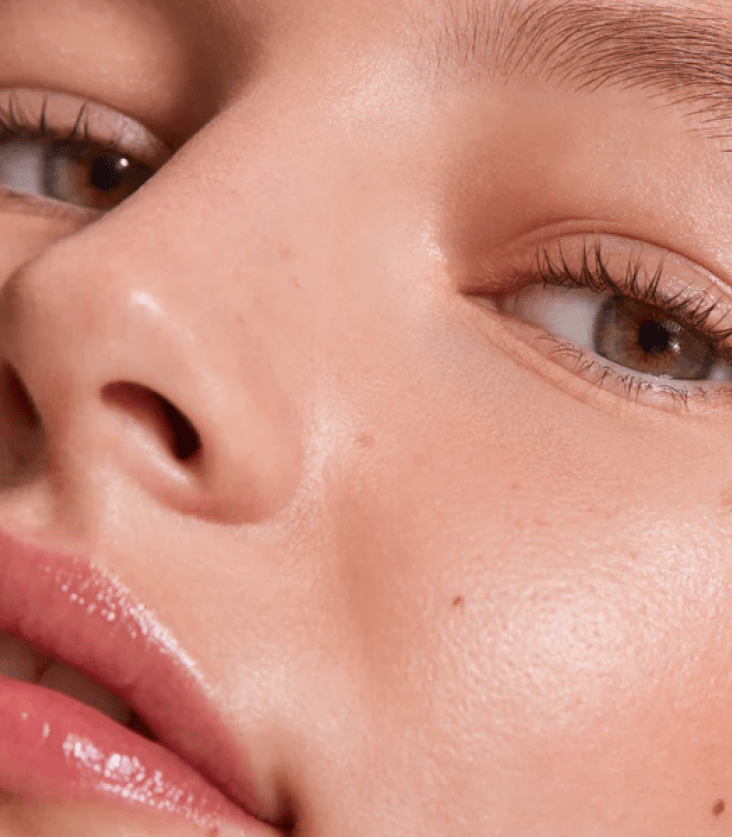
Understanding Your Dosha
The Vital Energies of Ayurveda
In order to be well in the practice of Ayurveda, we focus on balancing mind, body, and soul. Central to this philosophy are the three metabolic types or “doshas,” known as Vata, Pitta, and Kapha. These doshas represent the fundamental energies that govern our physical, mental, and emotional wellbeing. A proper balance among dosha types is essential for creating harmony in these categories of wellbeing, as imbalances can lead to illness and disease. Each person has a unique ratio of all three dosha types and understanding your primary dosha will allow you to adapt the products, practices, and lifestyle choices in your daily routine to achieve holistic balance inside and out.
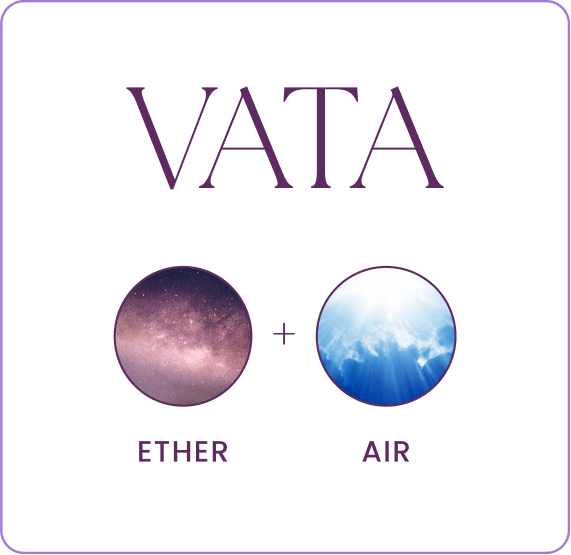

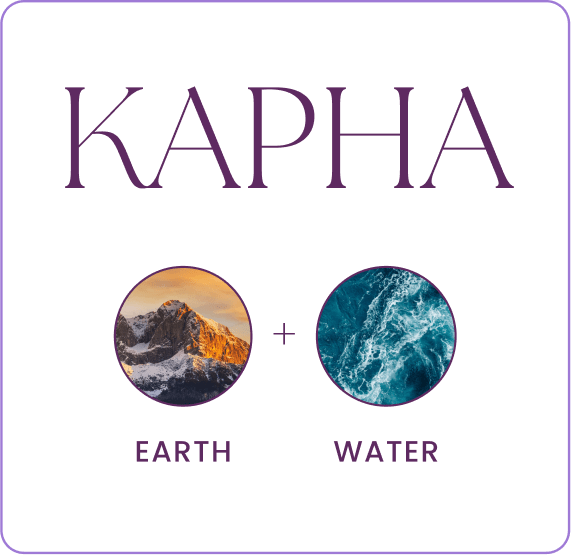
While all three doshas are present in every individual human, it is the ratio of each energy that determines your unique dosha type. If you are a hybrid type, two doshas are prominent in your constitution. These ratios can vary through life due to age, environment, and lifestyle. We encourage you to return to this quiz seasonally and adapt your daily habits and routines as needed to achieve optimal holistic wellness.
In Ayurveda, each of the four seasons (winter, spring, summer, fall) is associated with a corresponding dosha type. As the seasons change in your external environment, the dosha type associated with that season will naturally increase in your internal environment ie. your dosha constitution. Vata is associated with Autumn due to their shared dry, light, and cold qualities. Because this is your primary dosha type, take extra care to incorporate Vata-pacifying practices in your routine this time of year!
